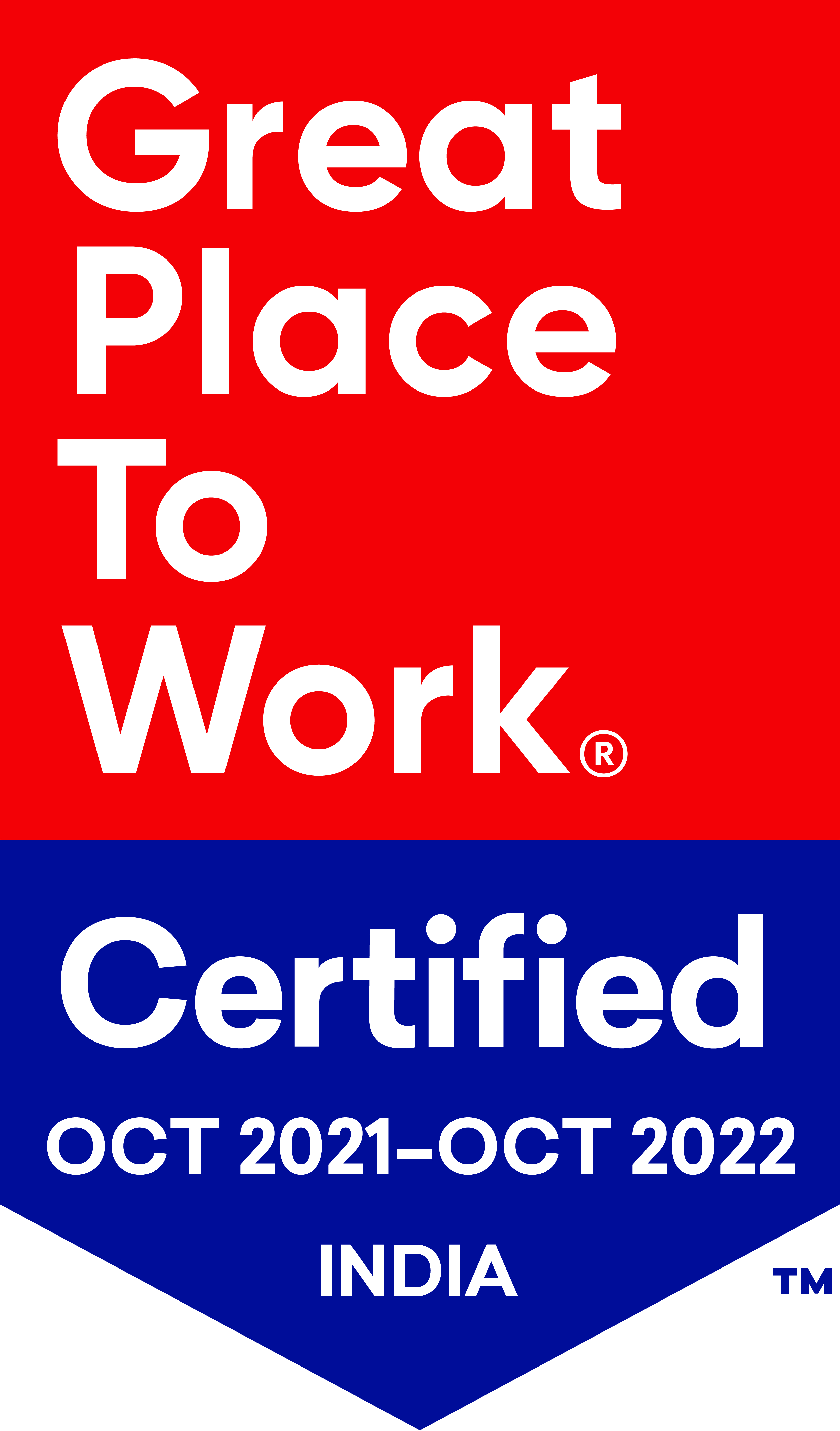Drug overdose is not anybody’s choice
I was working on a programme back in 2007 in the eastern part of the country that was focused to prevent harm among the people who inject drugs (PWID) and make provision for better services for them. I was aware of this term “overdose” but never tried to venture into it as it always gave me a sense of discomfort. I made up my own description about what it meant and thought that it must be something like being senseless or being in a partly conscious state, leading to death most of the time. For the first time in a training I came to know about the nitty-gritties of overdose and then I could recollect so many of my old friends had passed away- without them or us realising that it could have been overdose death. The signs and symptoms of overdose starts way before the complications I had in my mind.
Still, I took it very casually as I was thinking that the kind of drugs available in the city were not that pure to cause such physiological harm to any person. It might be a problem for the north-eastern parts as they have access to pure and higher quality of drugs.
In early 2015, I joined Alliance India as part of the Hridaya programme team and was responsible for overseeing state implementation of the programme. It was aimed at expanding harm reduction and HIV services to the people who use drugs. That is when I started talking to people about overdose and I could see how people could relate to the term as I did when I heard about it for the first time. Following the programme intervention, knowledge was imparted to them on the issue of overdose and the way to manage their intakes. Drug overdoses are amendable to interventions and death from opioid overdose usually occurs over a period of hours allowing no time for response.
The government is accepting the issue of drug overdose rather slowly and has initiated an antagonist medicine in some parts of the country which can alter the effects of overdose in seconds. Naloxone is an opioid antagonist that effectively reverses the effects of opioid overdose, including respiratory depression. It is legal to possess with a prescription, is inexpensive, and has no psychotropic effects or abuse potential.
In some programmes, injecting drug users are taught to remember the appropriate response techniques and sequence of steps with the mnemonic device SCARE ME: Stimulate; Call the nearest care givers for help; maintain Airway; Rescue breathing; Evaluate; Muscular injection of naloxone; and re-evaluate. In this sequence, each method represents an incrementally aggressive response that should be followed and injecting the victim with naloxone must be the last resort.
But it appears that politicians, decision makers, care givers and stakeholders are in a mood to walk away from it. They may not be able to fathom the fact that overdose exists and it can claim lives. I carry this immense sense of regret that I was unable to prevent deaths of my peers and friends. Obviously, it is nobody’s choice to overdose. And I know for sure it is going to take the centre-stage sooner or later. Only that PWUD tend not to express it out of shame and fear, I am not gonna just sit down and let them suffer.
The author of this blog is , Sutirtha Dutta, Programme Officer: Drug Use & Harm Reduction at India HIV/AIDS Alliance
Other Recent Articles
- The COVID-19 pandemic through a transgender person’s lens 20 May, 2021
- The first-ever National Transgender Summit reaffirmed the rights of the transgender community 16 April, 2021
- Our Reflection on World Health Day 2021 7 April, 2021
- Vihaan Care and Support Programme Review Meeting 6 April, 2021
- Never too late to save one more life 25 March, 2021
- Ensuring ART adherence among the discordant couple 12 January, 2021
- Providing counselling and support to decrease loss-to-follow-up among PLHIV receiving ART 29 December, 2020
- Human Rights & Faith for People Who Use Drugs in Times of Pandemic 21 December, 2020
- Walking the talk: Making services community-led in India’s HIV response 21 December, 2020
- Press Release: The Launch of Faith For Harm Reduction Manual 19 December, 2020
- Made by Nicdark - Copyright 2020
- donations@ong.com
- volunteers@ong.com
- contact@ong.com
India HIV/AIDS Alliance
A not-for-profit Section 8 Company with Registration No: U85310DL1999NPL098570
Contact
-
6, Community Centre
Zamrudpur Kailash Colony Extension
New Delhi – 110048 - +91-11-4536-7700
Download
Quick links
©2021 All Rights Reserved by Alliance India




Leave a Reply